How to use e-bike gear correctly?

It's no secret that most e-bikes are similar in structure to conventional bikes, including multiple gears that change the ratio of pedaling force to wheel rotation. Few people take the time to understand and acknowledge the importance of using the right bike gear. When the bike is in the right gear for the ride and the terrain, it is easier and faster to get around.
Most e-bikes come with multiple gears so the rider can adjust the amount of effort needed to pedal the surface. If you plan to go up hills or ride rough terrain, the gearing of an electric mountain bike is crucial. By shifting gears, you can climb steep and uneven surfaces more easily. Electric bikes and non-electric bikes function the same. Both bikes have nearly identical drivetrains. However, there are some differences between the two. Proper gear shifting of your bike will not only make riding more comfortable and enjoyable but will also help extend the battery life, which is crucial.
Below is a comprehensive guide to extending the life of your e-bike battery.
gear
First, let's talk gear. They are controlled by a shifter on the handlebar, and it moves the derailleurs, which in turn move different-sized rings on the chain.
The 7-speed Shengmilo e-bike is an excellent choice for long rides and rough terrain. The gear shifter is located on the handlebar and can be used by either swiping it or clicking it. When you downshift, you change to a lower gear, and when you upshift, you change to a higher gear.
Pedal assist
One of the best features of Shengmilo electric bikes is the pedal assist mode, which is controlled by an LCD on the handlebars. You can choose from 0–5 levels, from very low to maximum, and when you start to spin the pedals, the motor will give you the power you selected smoothly. An indicator for the pedal assist level can be found in the lower-left corner of the screen. If you set this value low, the motor's maximum assist speed and the power (torque) it provides will be capped at lower values. After you've pedaled your way up to a speed greater than the maximum motor speed, the assist will stop and you'll have to keep going on your own. When traveling slower than this, the engine starts up again. Depending on the type of e-bike you have, you can choose from anywhere between zero and five levels of pedal assist. One thing to watch out for with motors: motors that spin very slowly are inefficient. If you ride a hill at about 10 km/h, you will hear the motor working hard, which drains a lot of battery power.
An indicator for the pedal assist level can be found in the lower-left corner of the screen. If you set this value low, the motor's maximum assist speed and the power (torque) it provides will be capped at lower values. After you've pedaled your way up to a speed greater than the maximum motor speed, the assist will stop and you'll have to keep going on your own. When traveling slower than this, the engine starts up again. Depending on the type of e-bike you have, you can choose from anywhere between zero and five levels of pedal assistance.
Properly Shifting E-bikes
How should I use the gears on my e-bike? is a common question for new riders.
Sliding or clicking the right shifter on the handlebar will cause the mechanical gears to change into the next gear. You can adjust the amount of pedal assistance on an e-bike by shifting to the left.
A higher number indicates a higher gear, while a lower number indicates a lower gear. Lower gears make pedaling easier, while the highest gears will require the most pedaling effort. You can adjust your e-bike's gear and pedal assist levels to get the ideal pedaling effort.
When changing e-bike gears and pedal assist levels, the pedal assist level should be changed first, followed by the mechanical gear level.
Do not change gears when stationary
Getting the most out of your e-bike starts with proper use and understanding of how to use the gears on your e-bike the right way. Each level of electric assist has a corresponding mechanical gear. This means that even with minimal electric assist, the rider can use many different speeds to suit the needs of the terrain and the training level of the rider.
When in pedal assist mode (also known as cadence), the mechanical gear can be switched to a harder level. For this change to take effect and reflect the battery, it is important to keep pedaling while shifting. Never change gears when the bike is stationary, only when it is moving.
When the e-bike is stationary, you can switch to the electric assist mode when stopped with no problem.
Shift to a lower gear before parking
It is important to remember to start pedaling in lower mechanical gear as you slow down to stop. When parking, it helps to be in the right gear. Before parking, you should also set the electric assist level. This can be done while it is in motion, but it can also be done while it is stationary.
And above all, remember to apply the brakes!
Before parking, change your gear to a low and easy mechanical gear. If you park your bike in high gear, it will be harder to start pedaling at high speeds the next time you ride.
predict terrain
When riding on flat ground, you'll want to use one of these intermediate gears; this allows you room to move up and down when you get to steep terrain. The level of power assist you use on the flats depends on how much energy you want to apply and how long you ride. If you're going to be out riding for the day, you might want to save some juice for the hills and not use it up on the flats.
One of the main selling points of an eclectic bike is its ability to climb. With less effort, electric bikes allow you to tackle more challenging terrain than mountain bikes.
The best way to conquer steep inclines is to first crank up the power assist, then drop down to a low, easy mechanical gear. You should be ready to rapidly alter your engine's power and gears if you frequently traverse steep inclines and declines.
Shifting gears when going downhill will give you more control over the bike to descend safely. When going downhill, you should lower the electric assist level to Eco, then up the mechanical gear to one of the highest gears.
Control the cadence
First, you need to control your cadence between 70 and 90 revolutions per minute, depending on the type of riding. So if you're in very high gear and you have to pedal hard (and slowly) to get the cranks to spin, it's better to shift to a lower gear. Likewise, if you turn the pedals too fast, you're wasting energy and not getting the benefit of crank thrust—so switch to a higher gear. The rider will know this intuitively: the cadence is too low and it feels like you're "grinding." The tempo is so high that it feels like you're "footing in the air." " Bicycle racers put in a lot of hours practicing their cadence because it has such a significant impact on their performance. In the same way, the right cadence helps e-bike riders get the most out of their bikes, which in turn affects how much battery power they use.
As you know, today's e-bikes are equipped with superior battery quality that will allow you to get there easily, even if you want to go the farthest. However, managing the gears on an e-bike is an added attribute that saves the battery and makes it last longer. This is especially useful when you're exploring new paths and trails and aren't sure where to recharge the battery. Using pedal assist mode, shifting the right gear, and using the right gear at the right moment, riding an e-bike will be the most efficient way to preserve battery life. You'll also enjoy the vibrancy of riding an e-bike and all the performance it provides.
Your e-bike works best when you contribute and work efficiently. Choosing a slow ride will save battery power while shifting gears at the right pace. With these tips, you'll reach the full potential of your e-bike and experience the best possible riding experience.
When shifting gears on your e-bike, use caution. Make sure to lighten the pedal stroke before shifting to allow the chain to move into the new gear on the cassette. Shifting gears under load (while pedaling hard) is bad for any bike’s drivetrain. But on e-bikes that provide extra power per pedal stroke, shifting gears under load can cause more damage, like broken chains!
Learning how to properly adjust the gears will make riding an e-bike more enjoyable and improve battery life. Fix your gears by watching this video and learning how to adjust your shifter and derailleur.
Electric bikes are climate-friendly and ideal for those looking to ride with less physical effort on remote trails and challenging terrain. With an e-bike, you can do less work but travel twice as far.
Your e-bike works best when you contribute and work efficiently. Choosing a slow ride will save battery power while shifting gears at the right pace. With an e-bike, you can do less work but travel twice as far. E-bikes are useful for anyone interested in gaining additional power.








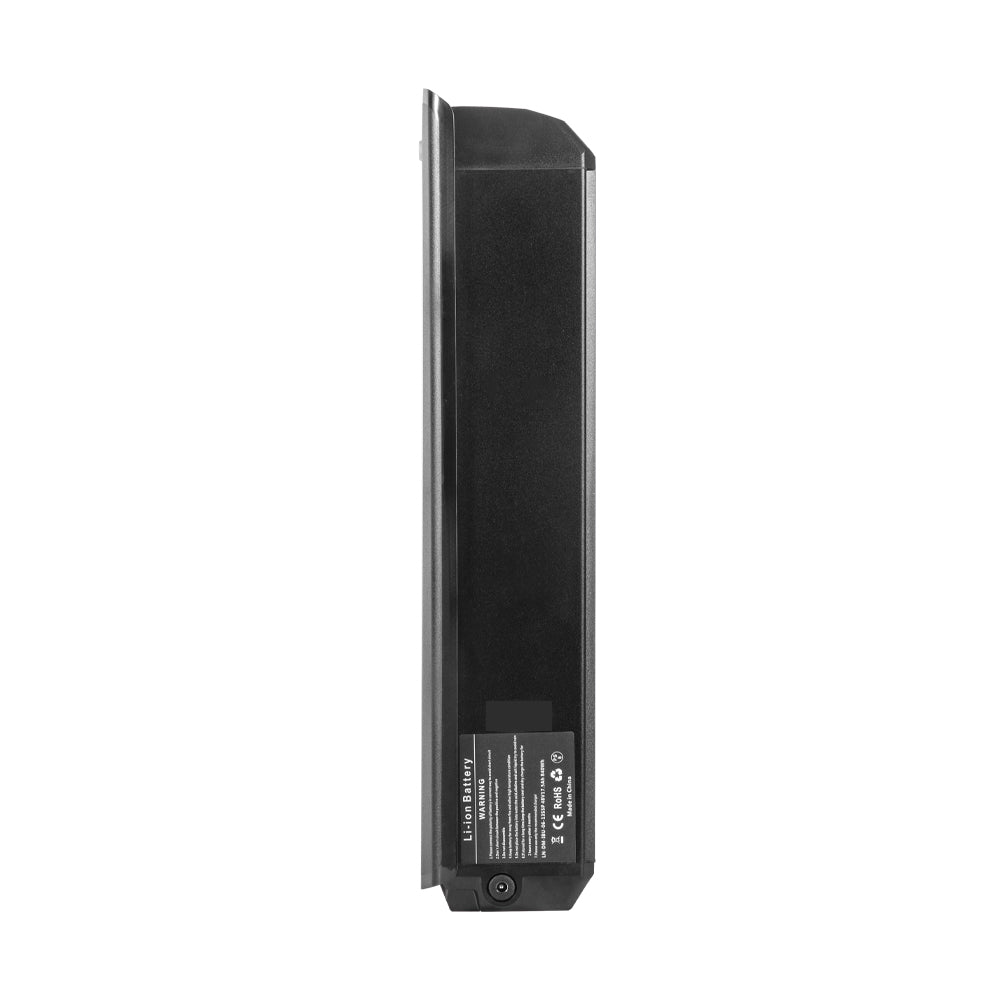

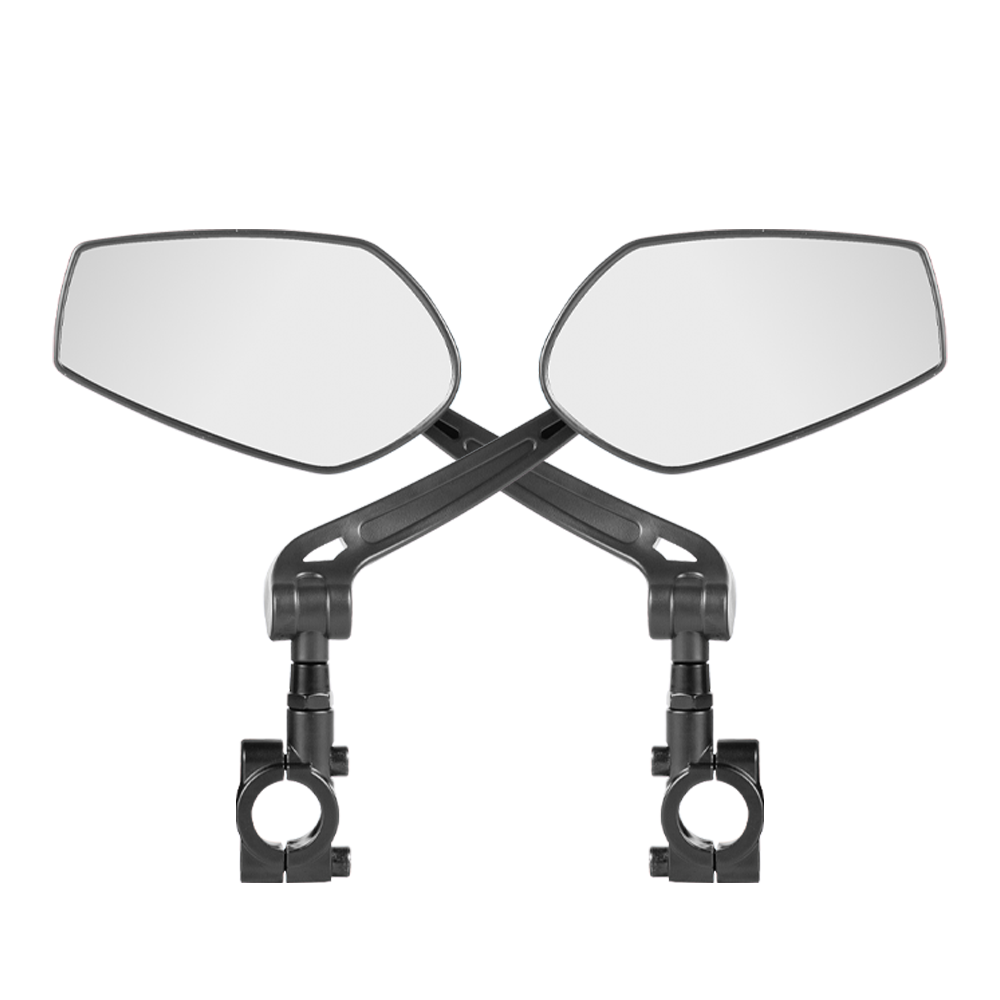


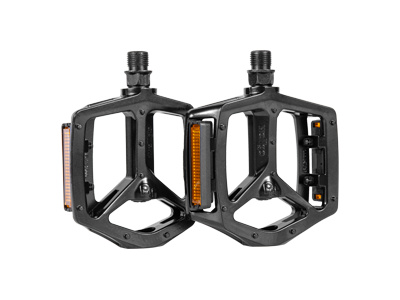
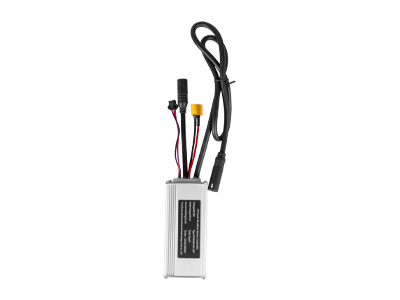







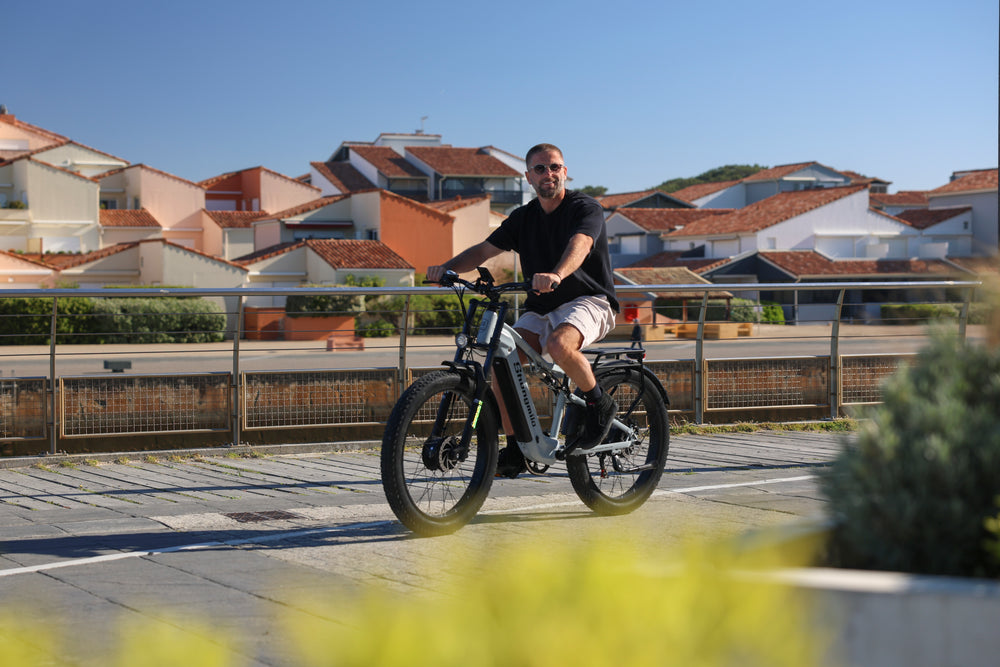
Leave a comment